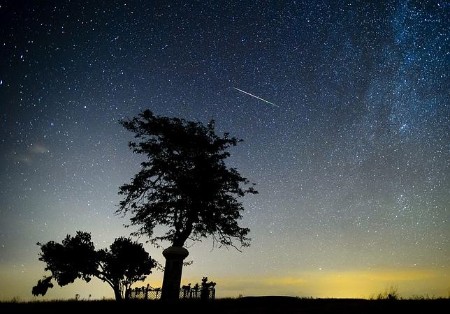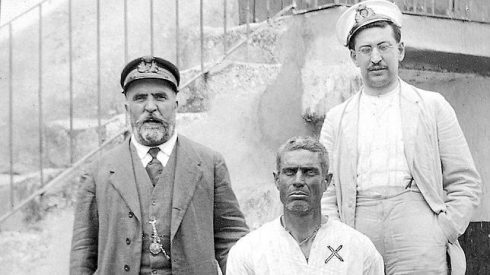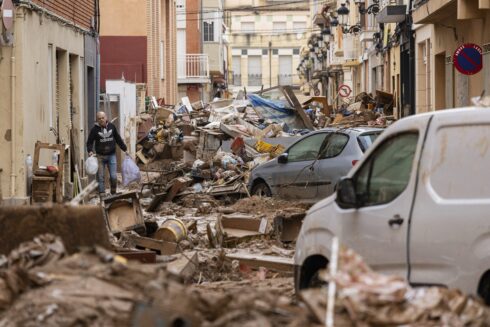AN annual meteor shower known as the Perseids offers a spectacular cosmic light show that reaches its peak during the night of August 12. All you need to do is find yourself a dark spot beneath a clear sky and look up.
What are they?
The Perseid meteor shower takes place each year when earth’s orbit crosses the path of the Comet Swift-Tuttle.
Its nucleus is about 26 km wide and although you won’t be able to see the comet itself (it was last visible from Earth during its orbit around the sun in 1992, and the next time will be in 2126) the dust and debris it carries in its wake is what causes the Perseids.
What you are actually seeing when you see a falling star is a piece of comet debris heating up and burning as it enters the Earth’s atmosphere.
While in space these are called meteroids, they become meteors when they reach the earth’s atmosphere and graduate to meteorites if they make it down to Earth without burning up entirely.
Most of those that appear in the Perseids are in fact no bigger than a grain of sand.
The Perseids are named after the constellation Perseus because that is where the meteors seem to originate from when looking up at the sky.
But in Spain the phenomenon is also known as Las Lágrimas de San Lorenzo – the tears of St Lawrence – because the best viewing nights often occur around the feast day on August 10th of the Spanish saint martyred in 258 AD.

When?
This takes place between July 17 and August 24 this year so shooting stars will be spotted anytime within this period.
But it reaches its peak around August 11 to 13 as Earth crosses the densest and dustiest part of the comet’s tail. This year the moon doesn’t become full until August 22 so it’s light shouldn’t interfere with peak viewing nights.
The best time to view the shower is late into the night and just before dawn when stargazers can expect to see up to 60 meteorites per hour.
Where:
The meteorite shower is visible across the northern hemisphere is especially good in southern Europe where clear skies are usually guaranteed.
Light pollution is the biggest problem so get as far away from urban environments as possible and head to wide open spaces away from the city. Mountains and beaches are perfect especially if you lay out a rug, pour a glass of something refreshing and take something to nibble on. Then orientate yourself so you are looking to the northeast.
It takes about half an hour for your eyes to properly get used to the dark but shooting stars are visible to the naked eye so no need for a telescope. Just be patient and wait for the show.
Planetariums across Spain including Madrid, Tenerife, Toledo usually stage events around the Perseids so look out for special activities.
You can watch the shower live online:
READ ALSO:
- WATCH: Impressive fireball streak across sky in Spain’s Andalucia
- WATCH: Chinese space junk lights up the sky across Spain sparking flurry of UFO reports








